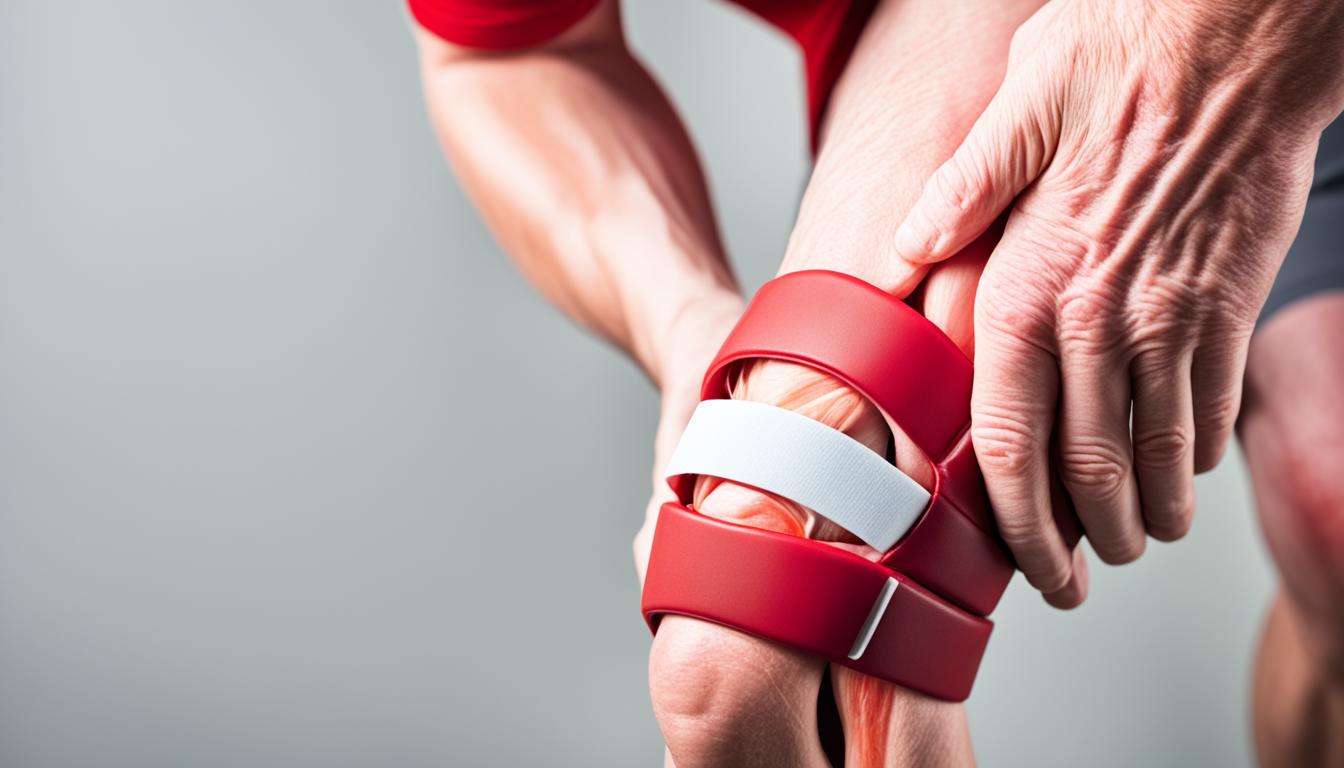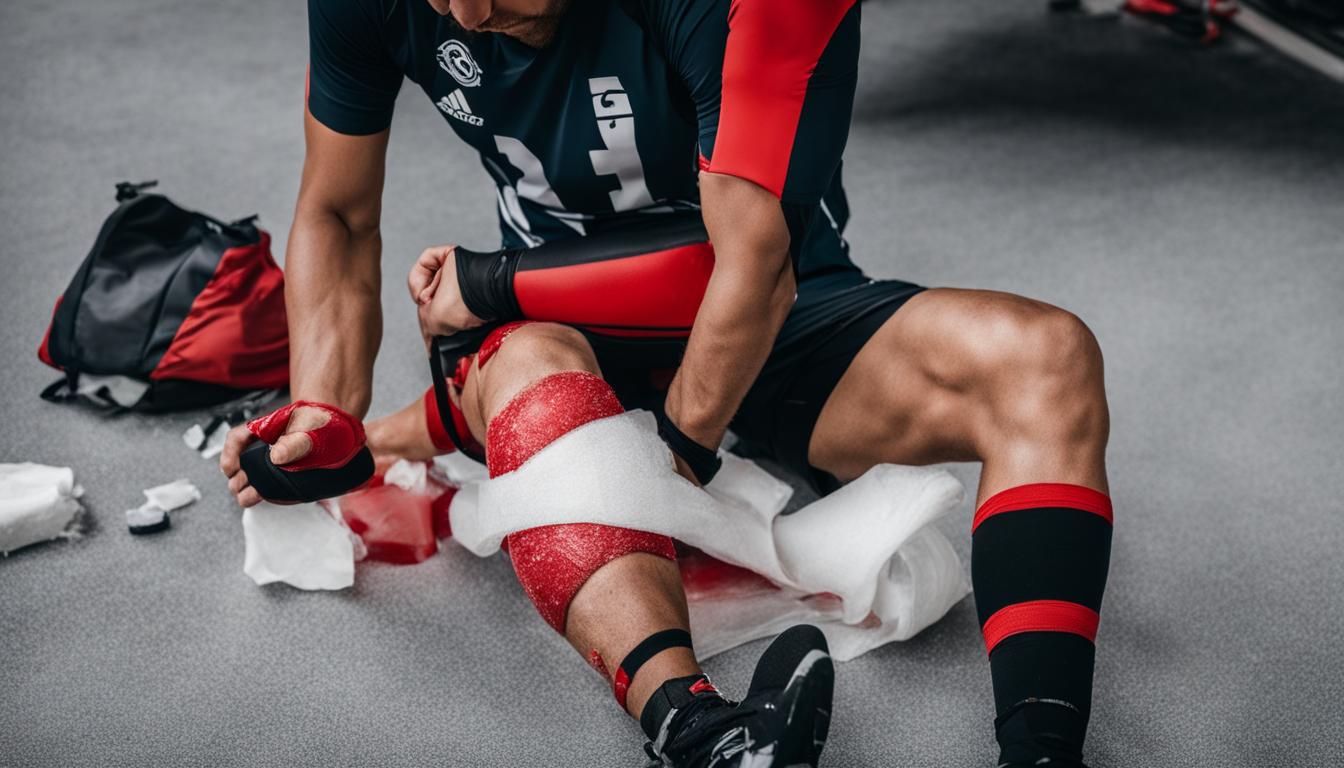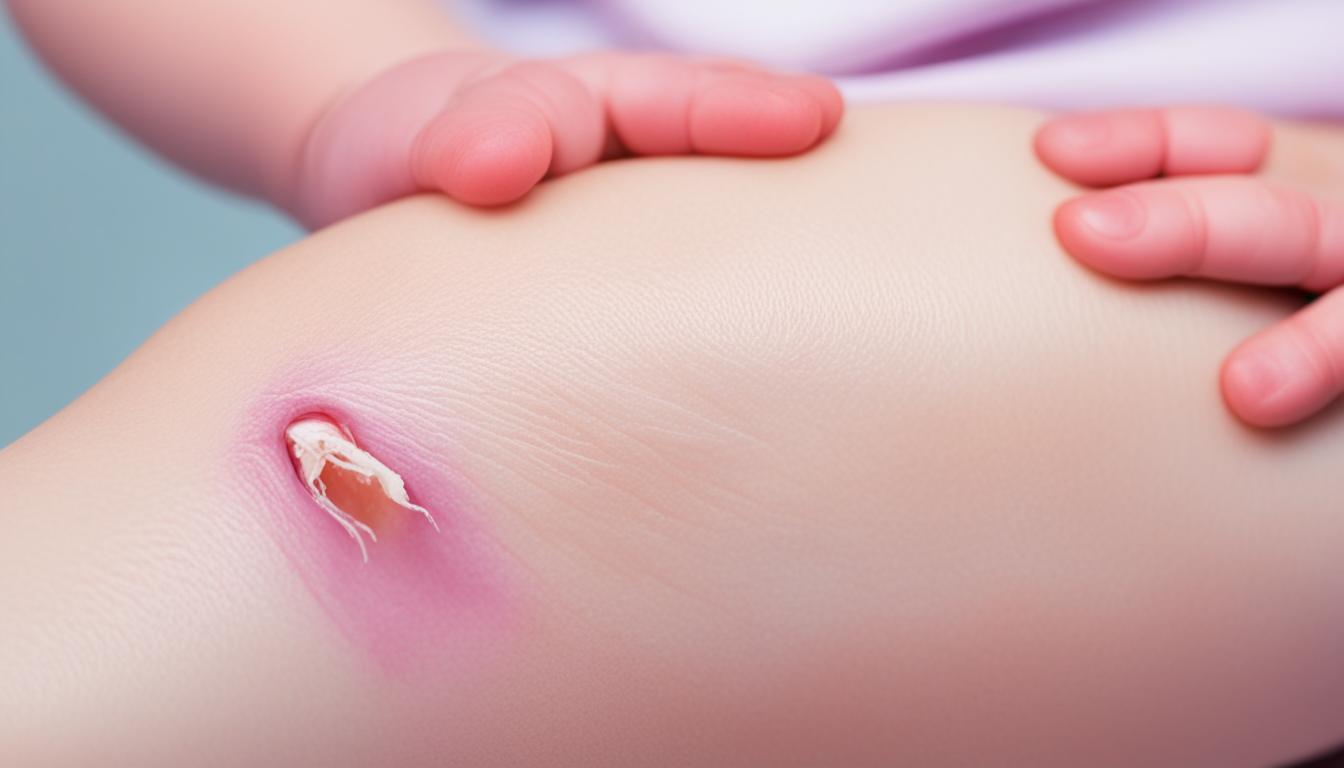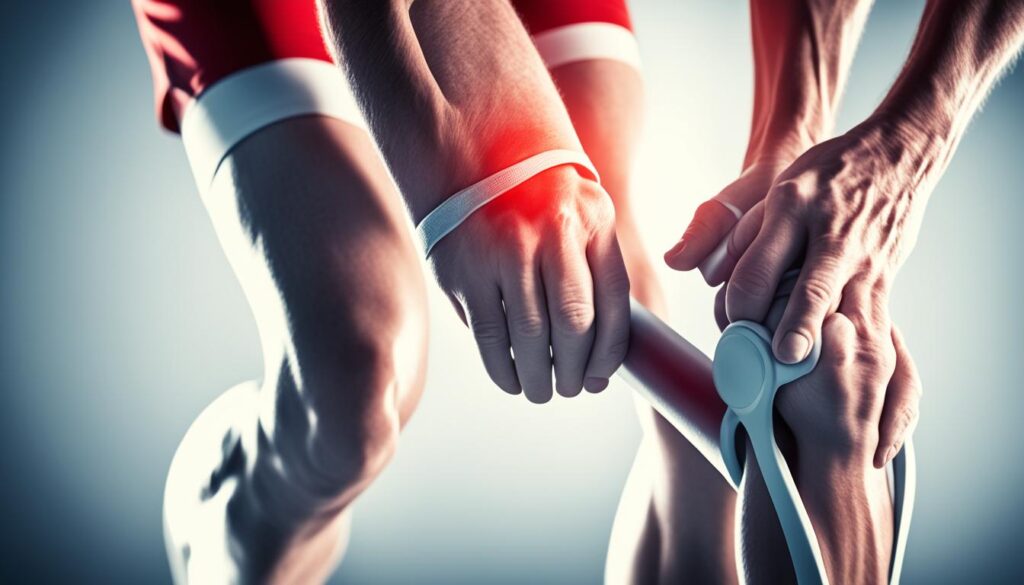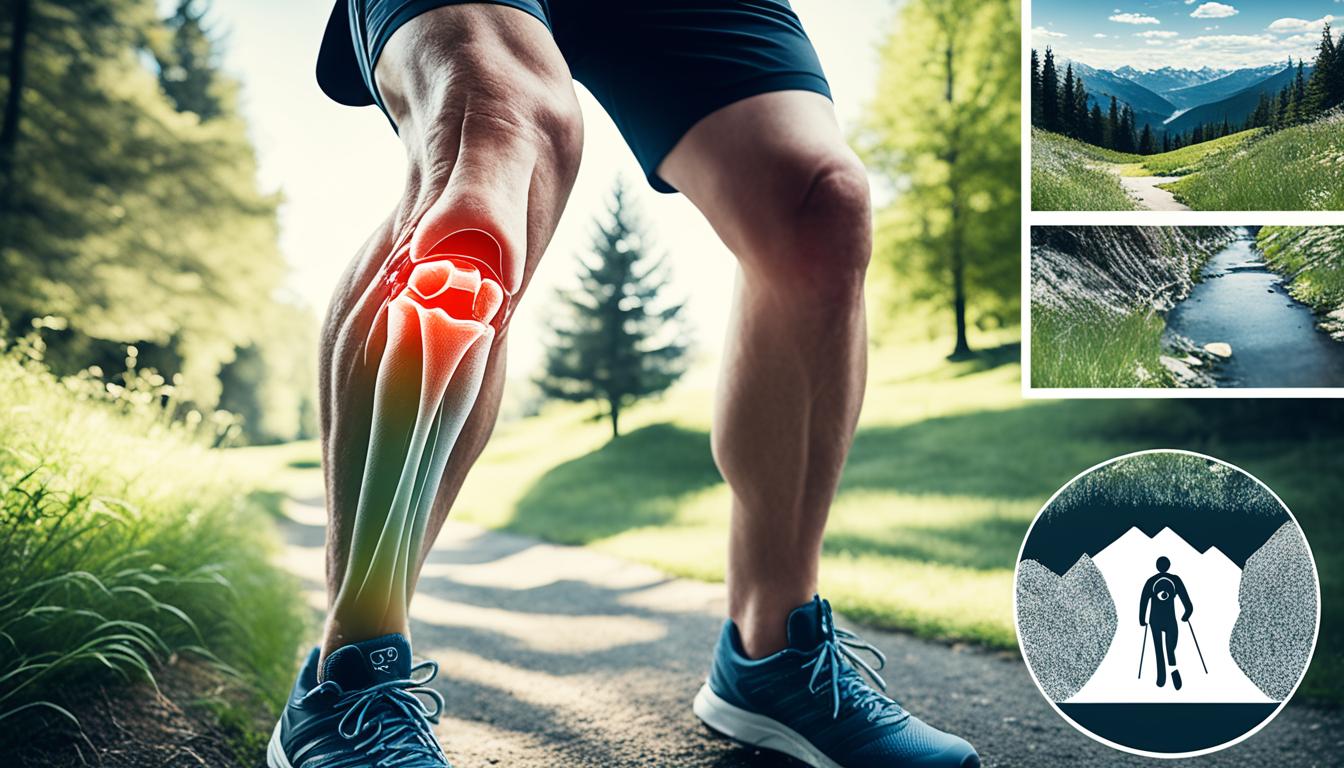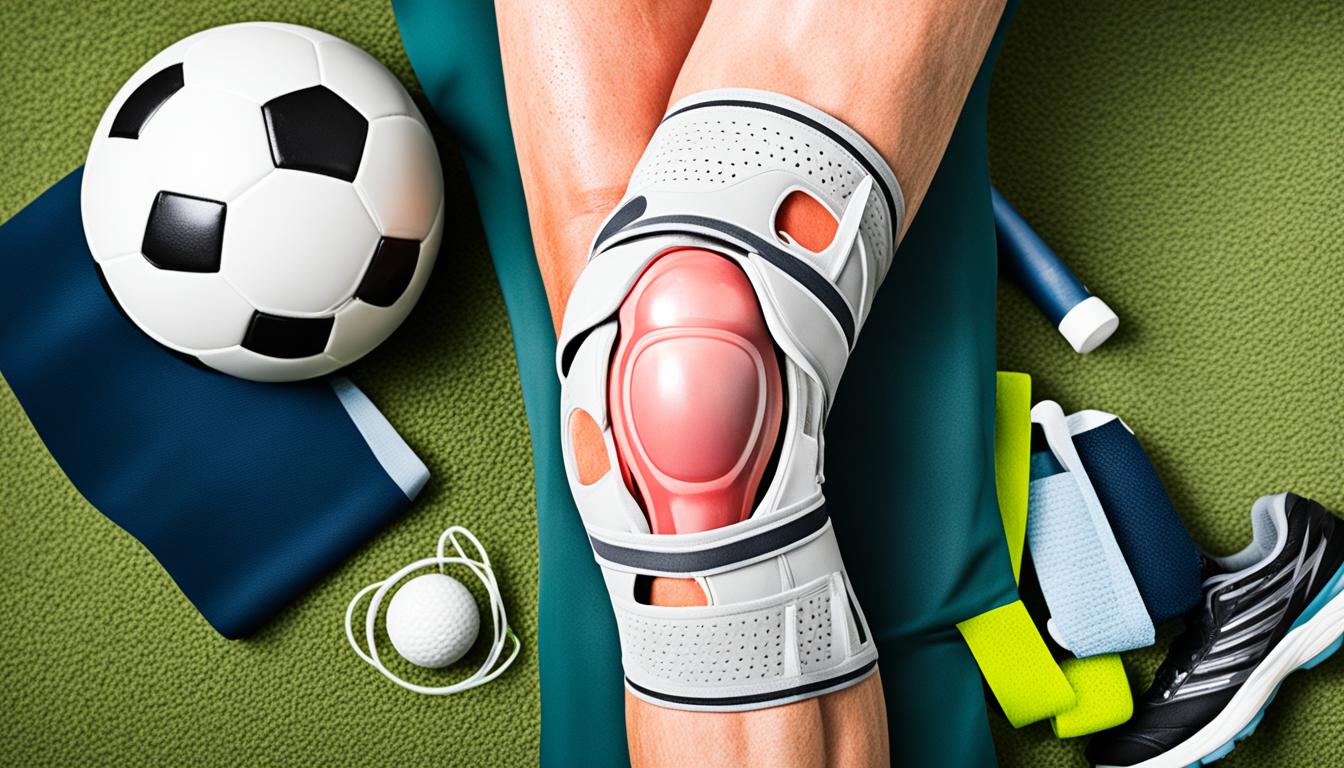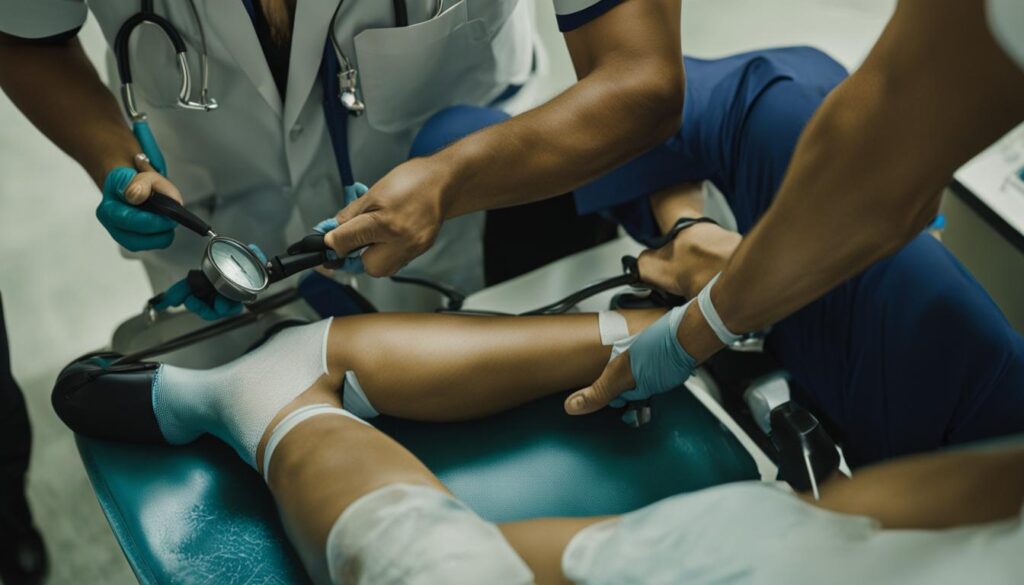Did you know that knee injuries affecting the ability to bend are incredibly common? Many individuals experience knee pain when bending, which can significantly impact their daily activities and quality of life. Whether it’s a sharp, shooting pain or a dull, constant discomfort, knee pain when bending can be debilitating and restrict mobility.
There are numerous causes for knee pain when bending, ranging from osteoarthritis and ligament strain to fractures and infections in the joint. It’s essential to understand the underlying cause and seek appropriate treatment to alleviate the pain and prevent further complications.
In this article, we will explore the various causes of knee pain when bending and provide valuable insights into prevention techniques and exercises to manage this discomfort. By equipping yourself with knowledge and taking proactive measures, you can regain control over your knee health and continue leading an active lifestyle.
Causes of Knee Pain When Bending
Knee pain when bending can be a frustrating and debilitating experience. It can limit your mobility and interfere with daily activities. Understanding the causes of knee pain when bending is essential for effective treatment and prevention. Here are some common factors that can contribute to knee pain during flexion:
- Osteoarthritis: This degenerative joint condition can cause wear and tear on the knee, leading to pain and stiffness when bending.
- Meniscus tears: A tear in the cartilage of the knee can result from sudden twisting or direct impact, causing pain and discomfort with movement.
- Bursitis: Inflammation of the fluid-filled sacs in the knee joint, known as bursae, can lead to pain and swelling when bending.
- Ligament strain: Straining or tearing the ligaments in the knee, such as the ACL or MCL, can cause instability and pain when bending.
- Tendonitis: Inflammation of the tendons around the knee joint can cause pain and discomfort, especially during flexion.
- Bone fractures: Fractures in the bones of the knee can cause severe pain and inability to bend properly.
- Infections in the joint: In rare cases, infections can affect the knee joint, leading to pain, swelling, and difficulty bending.
- Obesity: Excessive weight can put extra pressure on the knee joint, leading to pain and discomfort when bending.
- Misalignment of the hips: Poor hip alignment can affect the distribution of weight on the knee joint, potentially causing pain when bending.
Additionally, overuse or sudden increase in physical activity without proper conditioning can strain the knee joint and result in pain when bending.
Identifying the specific cause of your knee pain when bending is crucial for appropriate diagnosis and treatment. If you experience persistent or worsening pain, it is recommended to consult a healthcare professional for an accurate assessment and personalized care plan.

Prevention and Exercises to Manage Knee Pain When Bending
Proper bending form is crucial in preventing knee pain when bending. Keeping the knees aligned with the feet and avoiding twisting or turning while lifting heavy objects can help reduce stress on the joint.
Strengthening the muscles that support the knee through exercises like squats and lunges can provide stability and cushioning.
Stretching exercises are also beneficial for improving flexibility and reducing knee pain. Try incorporating the following exercises into your routine:
- Lunges
- Squats
- Hip extensions
- Knee circles
- Side leg lifts
By regularly performing these exercises, you can enhance your flexibility and range of motion, allowing you to bend your knees more comfortably without experiencing pain.
Remember, it’s important to warm up before exercising and to cool down afterward. This helps prepare your muscles for activity and prevent injury. Consulting with a healthcare professional or a physical therapist can provide you with specific exercises tailored to your needs and goals.
Adding these exercises to your routine and practicing proper bending techniques can help manage knee pain when bending and improve your overall knee health.
Conclusion
Knee pain when bending is a common issue that affects many individuals. Whether it’s caused by a knee injury, osteoarthritis, or other factors, it’s important to seek proper diagnosis and treatment from a healthcare professional.
To manage knee pain when bending, there are preventive measures that can be taken. Maintaining proper bending form, such as keeping the knees aligned with the feet and avoiding twisting or turning, can help reduce stress on the knee joint. Strengthening the muscles that support the knee through targeted exercises, like squats and lunges, can provide stability and cushioning.
Additionally, incorporating exercises that improve flexibility and range of motion, such as lunges, hip extensions, knee circles, and side leg lifts, can help reduce knee discomfort when bending. Regular exercise, along with warm-up and cool-down periods, can also contribute to preventing knee pain during flexion.
By being proactive and seeking appropriate medical care, individuals can find relief from knee pain and maintain an active lifestyle. Remember, if knee pain persists or is accompanied by redness or swelling, it’s crucial to consult with a healthcare professional for an accurate diagnosis and personalized treatment plan.
FAQ
What are common causes of knee pain when bending?
Common causes of knee pain when bending include osteoarthritis, meniscus tears, bursitis, ligament strain, tendonitis, bone fractures, infections in the joint, obesity, and misalignment of the hips.
How can I prevent knee pain when bending?
To prevent knee pain when bending, it is essential to maintain proper bending form, avoid twisting or turning while lifting heavy objects, and engage in exercises to strengthen the muscles that support the knee. Improving flexibility and range of motion through stretching exercises can also help prevent knee pain.
What exercises can help manage knee pain when bending?
Exercises such as squats, lunges, hip extensions, knee circles, and side leg lifts can help strengthen the knee muscles and improve stability. These exercises, along with regular physical activity and incorporating warm-up and cool-down periods, can help manage knee pain when bending.
When should I see a doctor for knee pain when bending?
If knee pain persists or is accompanied by redness or swelling, it is essential to see a doctor for a proper diagnosis and treatment. A medical professional can accurately identify the underlying cause of knee pain and provide appropriate care.
